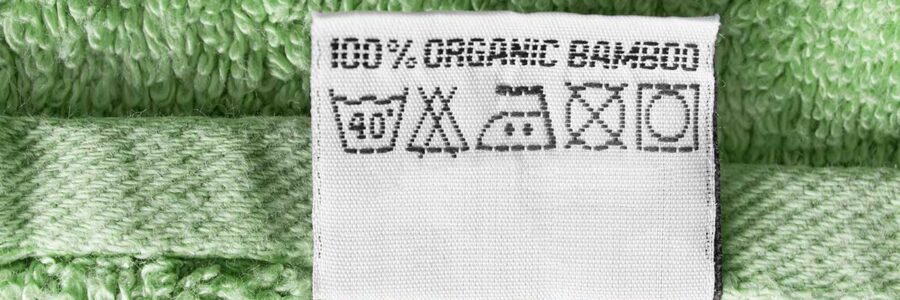Bamboo, often hailed as the sustainable superstar of Bamboo Textiles, faces newfound scrutiny. Its rapid growth and minimal need for water and pesticides made it a popular eco-friendly choice, but recent insights cast doubt on its green reputation.
Unraveling Bamboo’s Eco-Friendly Illusion
The appeal of bamboo lies in its fast growth and low maintenance, appearing as an inherently sustainable crop. It’s become a go-to alternative to synthetic fabrics like polyester. However, transforming bamboo into fabric raises environmental and health concerns, contradicting its eco-friendly image.
The Environmental and Health Impacts of Bamboo Fabric Production
Making bamboo fabric is chemically intensive, involving hazardous solvents such as carbon disulfide and sulfuric acid. These chemicals pose serious environmental risks and health hazards to workers in production facilities. The waste generated from this process often pollutes air and waterways, a stark contrast to the supposed sustainability of bamboo textiles.【1】【2】【3】【4】
Beyond Production: The Lifecycle of Bamboo Fabric
The environmental footprint of bamboo fabric extends to its finishing stages, involving bleaching and dyeing, which also contribute to its overall environmental impact. This full lifecycle analysis reveals that bamboo fabric’s environmental impact is more significant than often perceived by consumers.【5】
Informed Choices for Consumers
Consumers should be wary of labels like “Bamboo Viscose” or “Rayon,” indicating chemical-intensive processes. More sustainable alternatives include “Bamboo Linen” or “Lyocell Bamboo.” Additionally, consumers should be mindful of potential chemical residues in bamboo fabric and support transparent brands about their production processes.
Sustainable Alternatives to Bamboo
Considering the issues with bamboo textiles, other sustainable options include:
- Organic Cotton: Grown without harmful pesticides, offering a soft and breathable fabric.
- Hemp: Requires minimal water and no pesticides, yielding durable and absorbent fabric.
- Linen: Made from flax plants, it’s eco-friendly and biodegradable.
- Tencel (Lyocell): Produced from wood pulp sustainably, known for its softness and eco-friendly production.
Conclusion
The journey of bamboo textiles from an eco-friendly solution to a topic of environmental debate highlights the complexities of sustainable fashion. While bamboo as a raw material has ecological advantages, its conversion into fabric involves significant environmental and health issues. Consumers should make informed choices and advocate for sustainable and ethical practices in the fashion industry. Understanding the full impact of our choices is essential in promoting a more sustainable future in fashion.
References:
- FTC Business Alert – Federal Trade Commission, www.ftc.gov/system/files/documents/plain-language/alt172-how-avoid-bamboozling-your-customers.pdf.
- Campo, Pierre, et al. “Chemical exposure and hearing loss.” Disease-a-month: DM vol. 59,4 (2013): 119-38. doi:10.1016/j.disamonth.2013.01.003
- Cho, Renee “Why Fashion Needs to Be More Sustainable.” State of the Planet, 16 Dec. 2021, news.climate.columbia.edu/2021/06/10/why-fashion-needs-to-be-more-sustainable/.
- “Fake Silk. The Lethal History of Viscose Rayon” Yale University Press, 2 June 2023, yalebooks.yale.edu/book/9780300204667/fake-silk/.
Parisi, Maria Laura, et al. “Environmental Impact Assessment of an Eco-Efficient Production for Coloured Textiles.” Journal of Cleaner Production, vol. 108, 2015, pp. 514–524, doi:10.1016/j.jclepro.2015.06.032.


